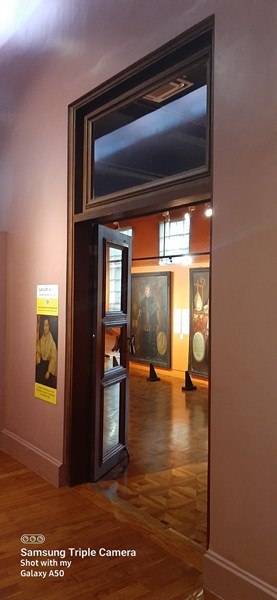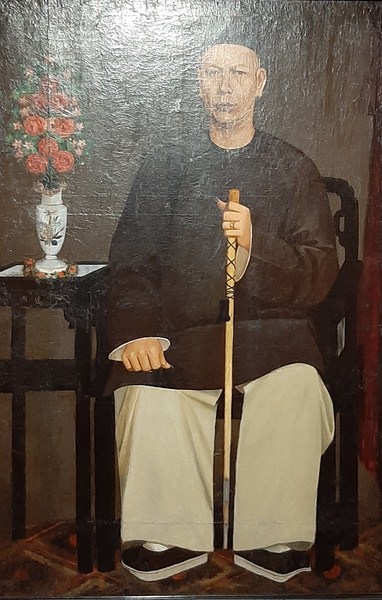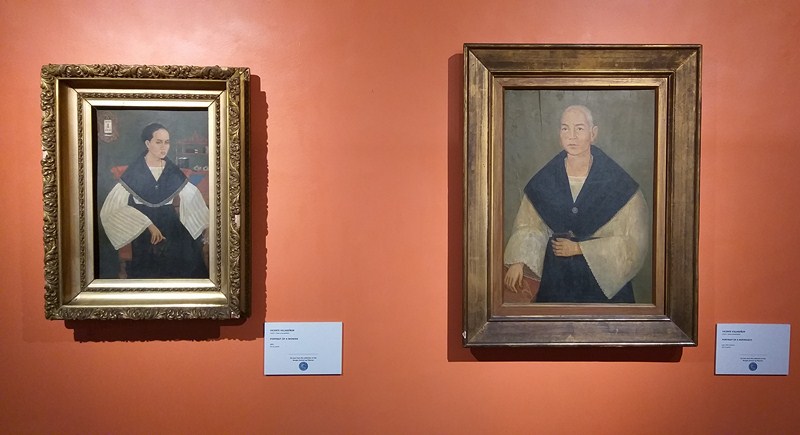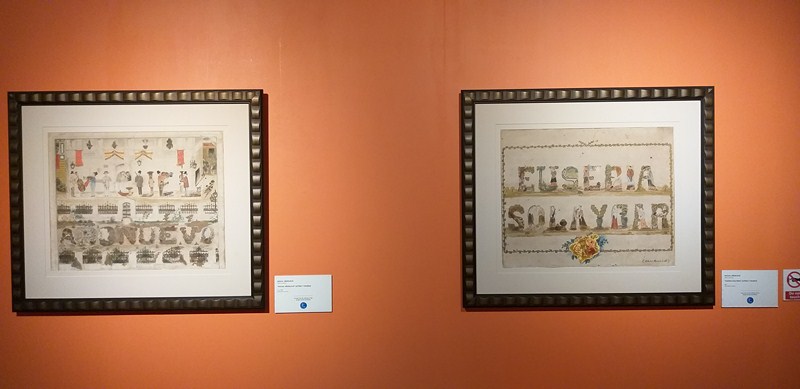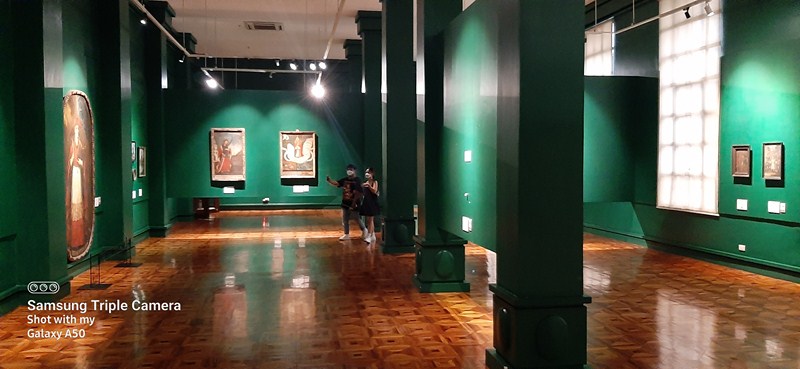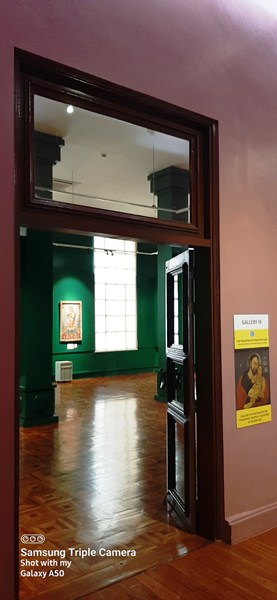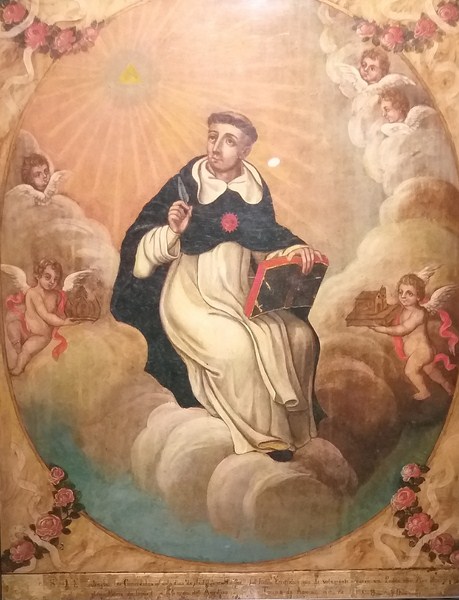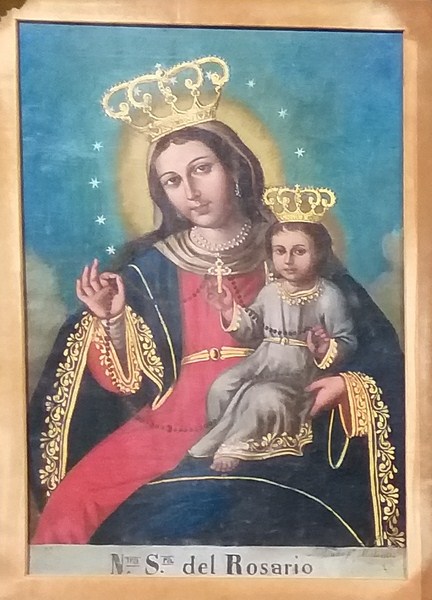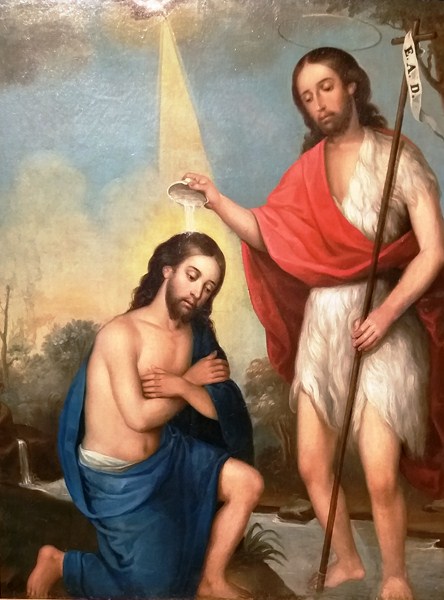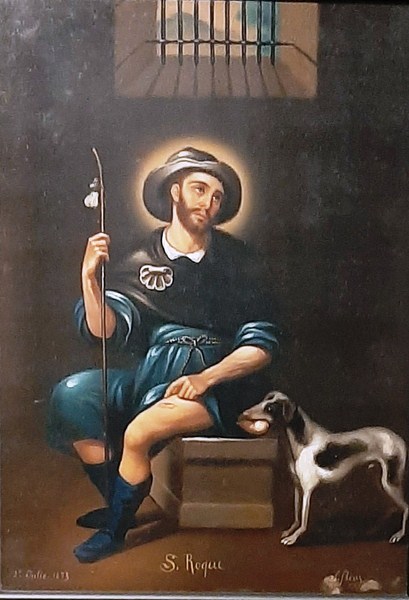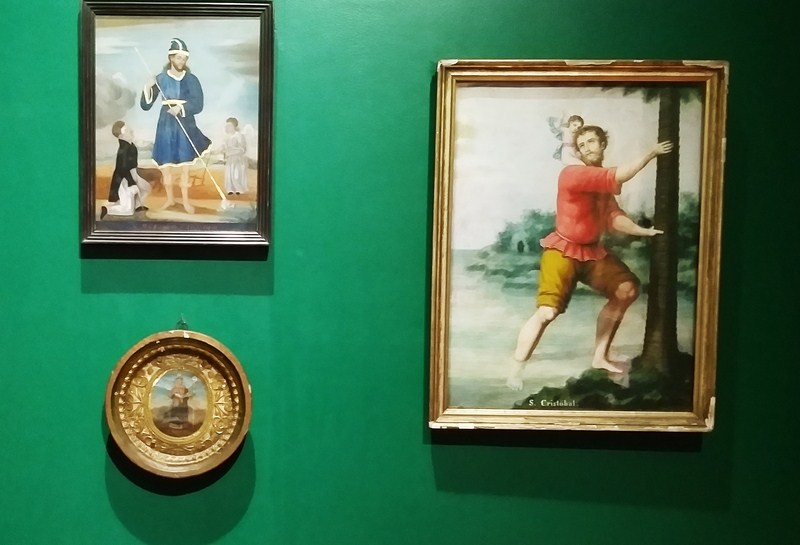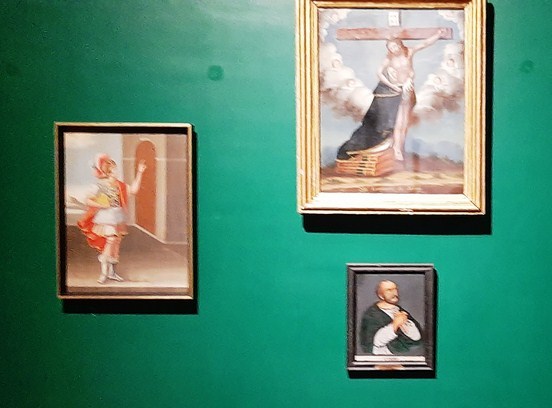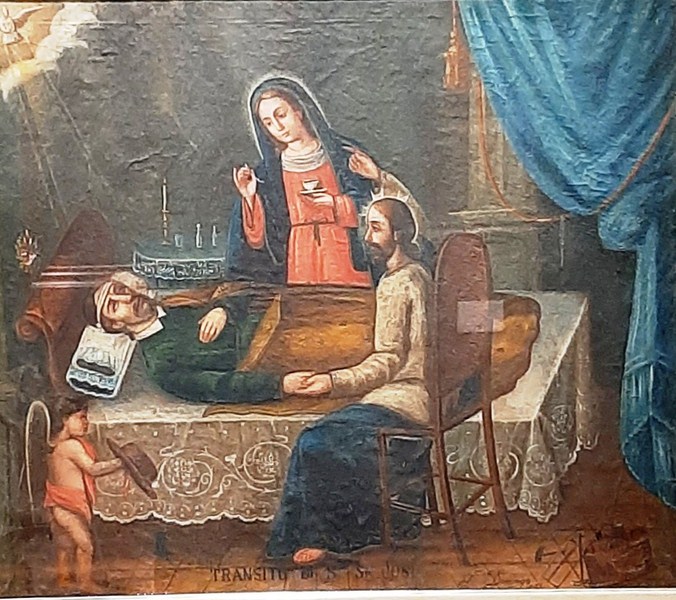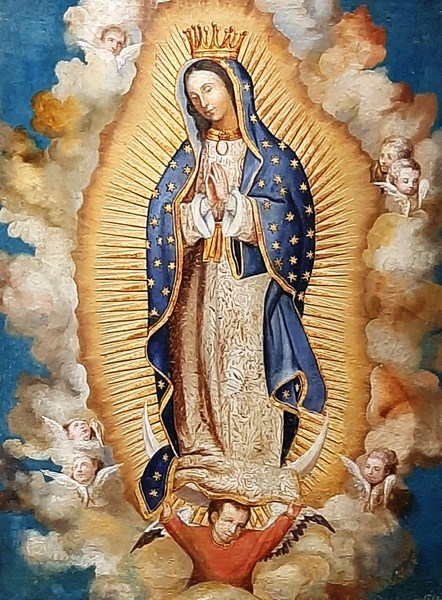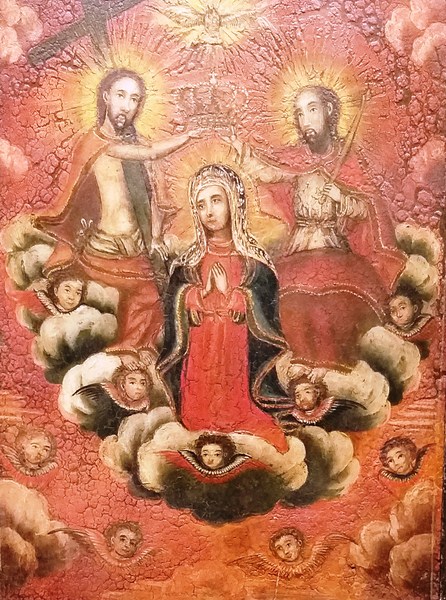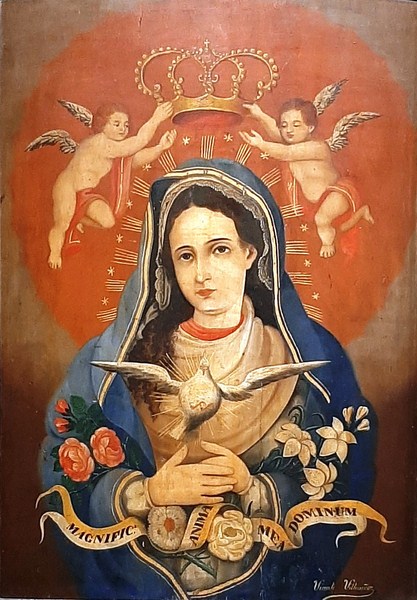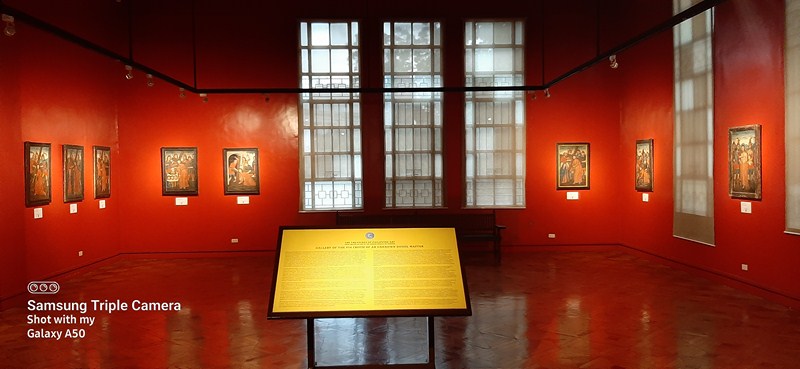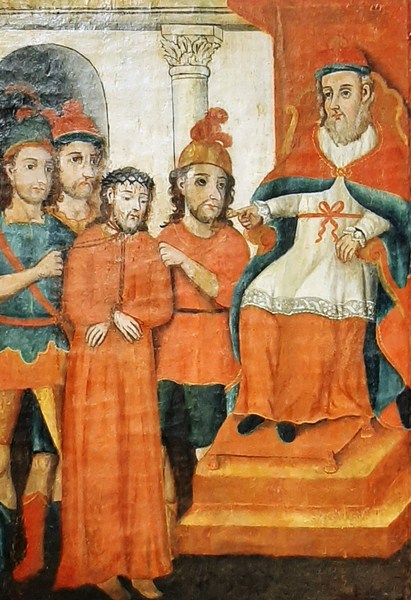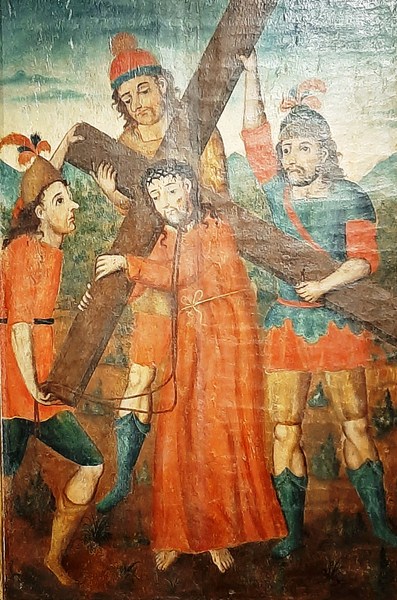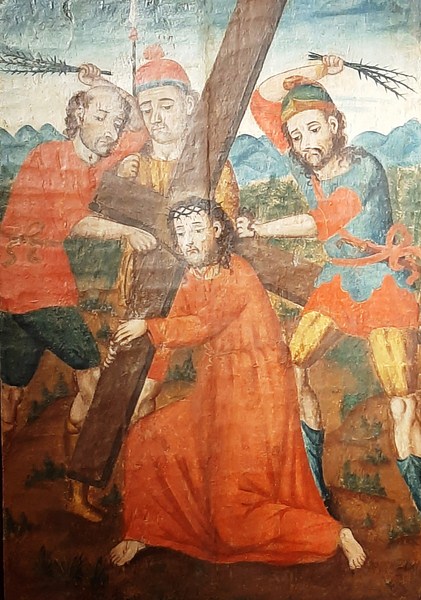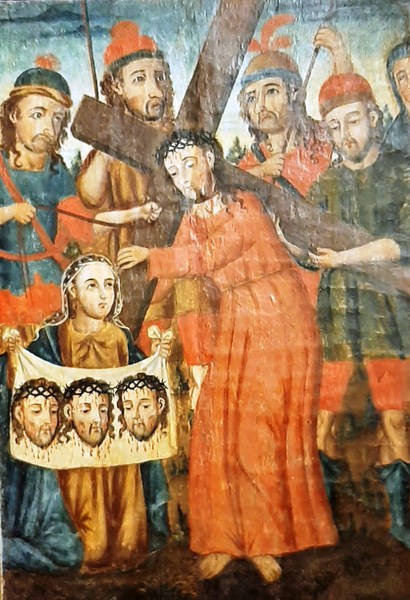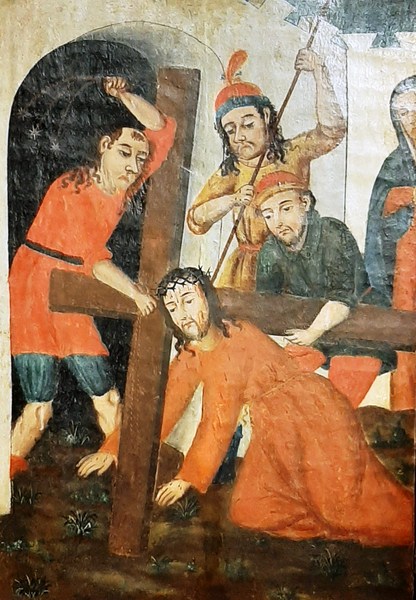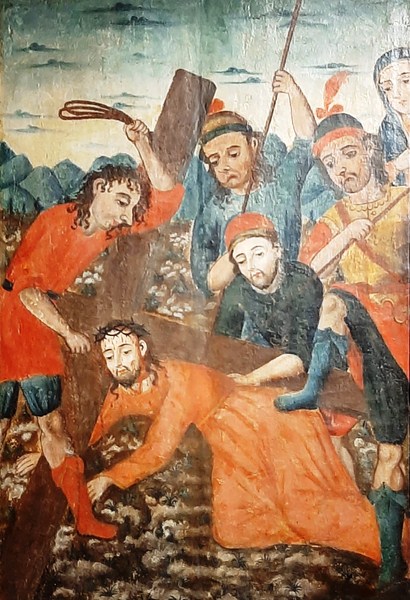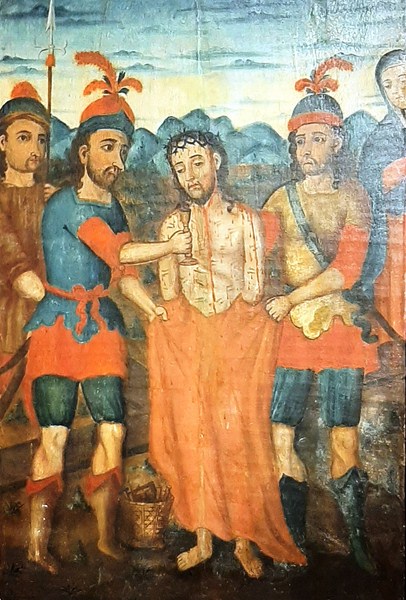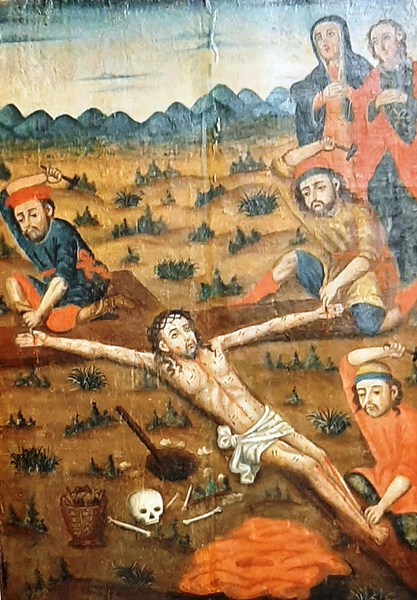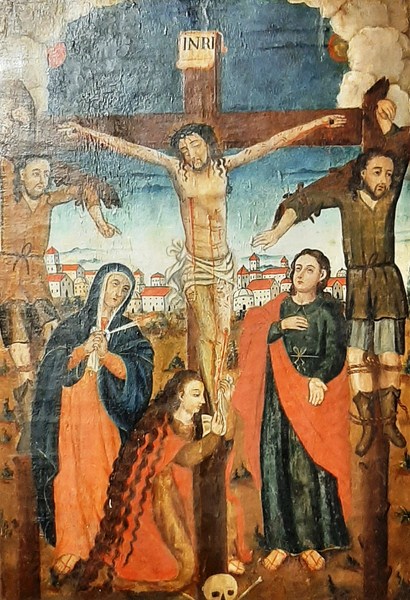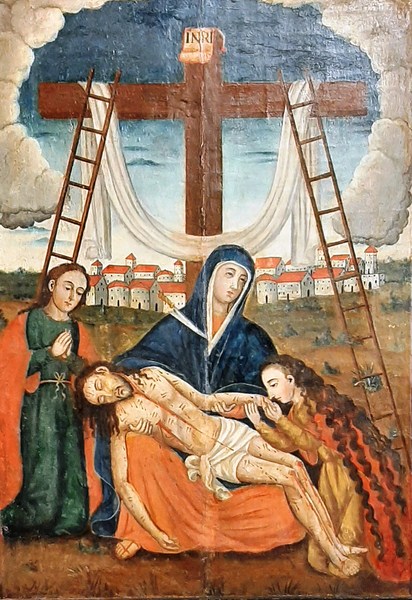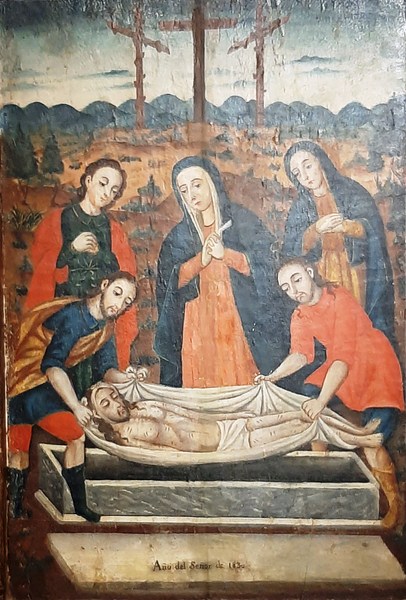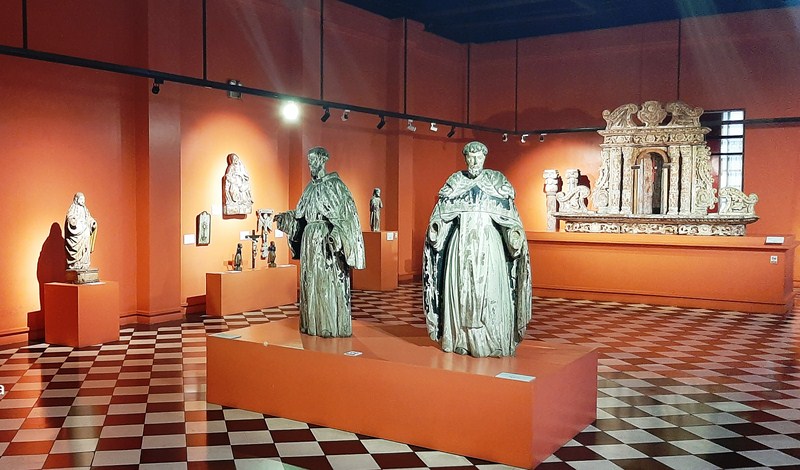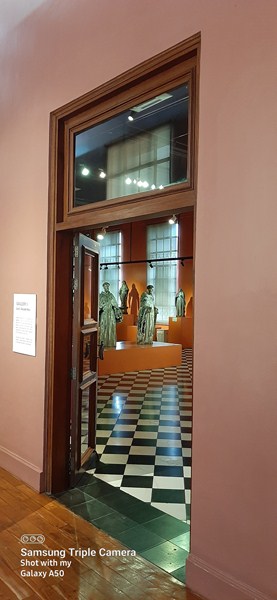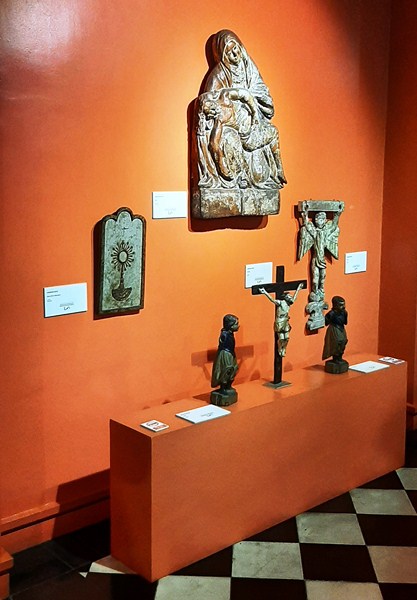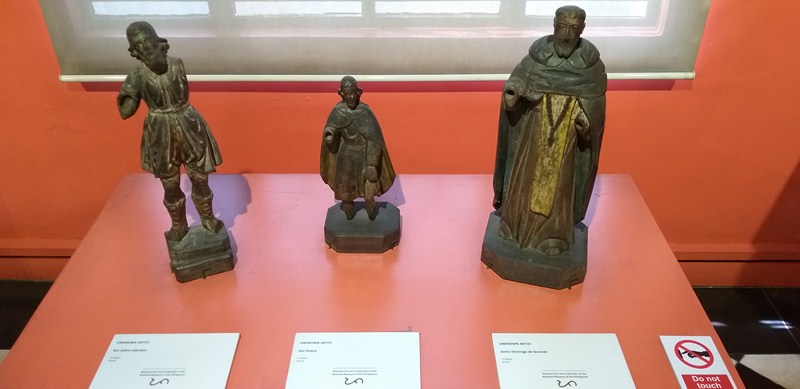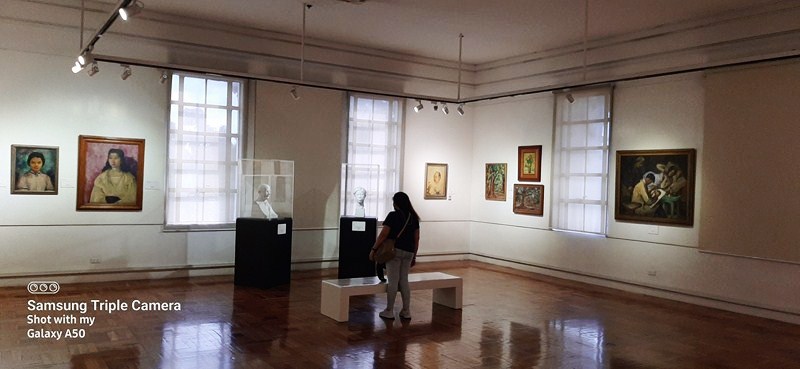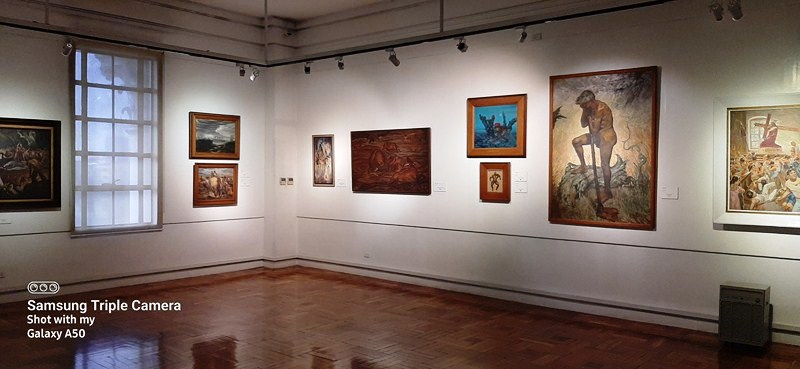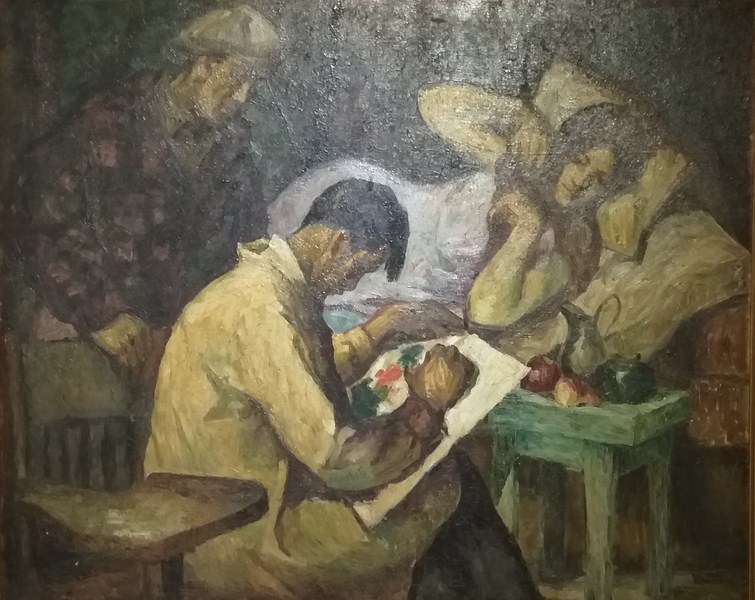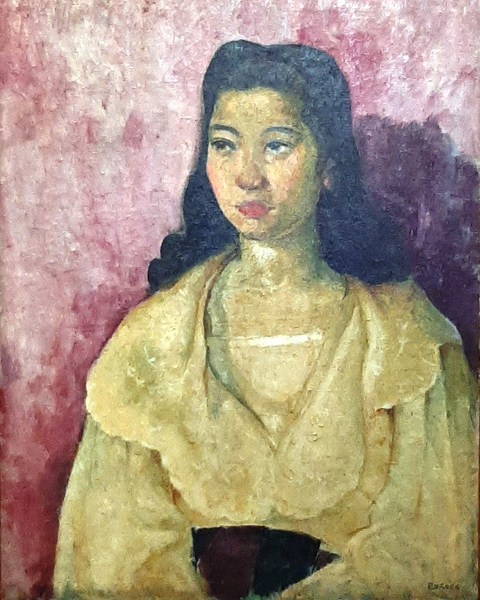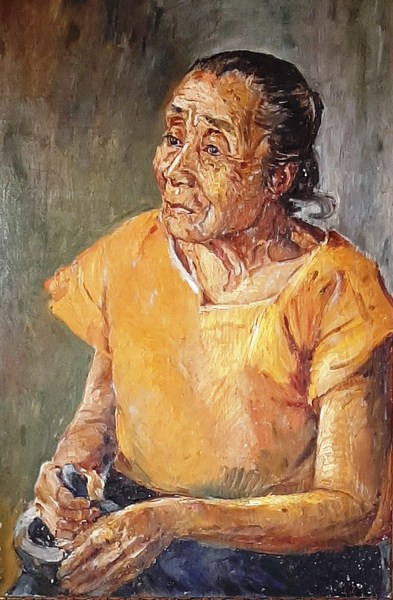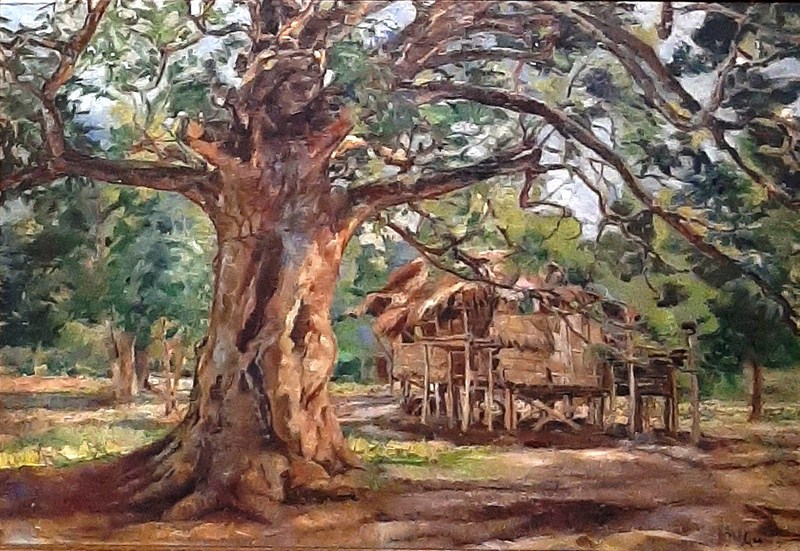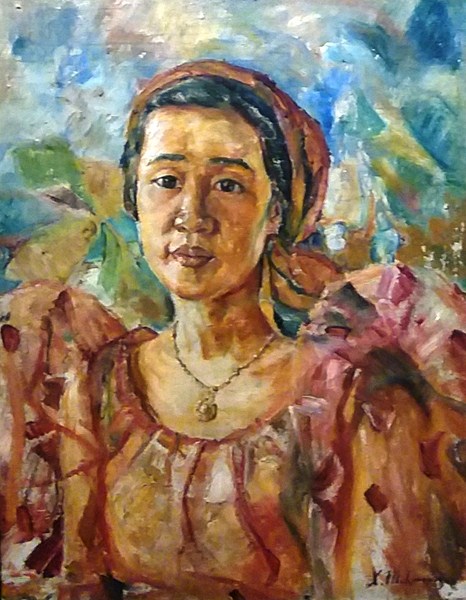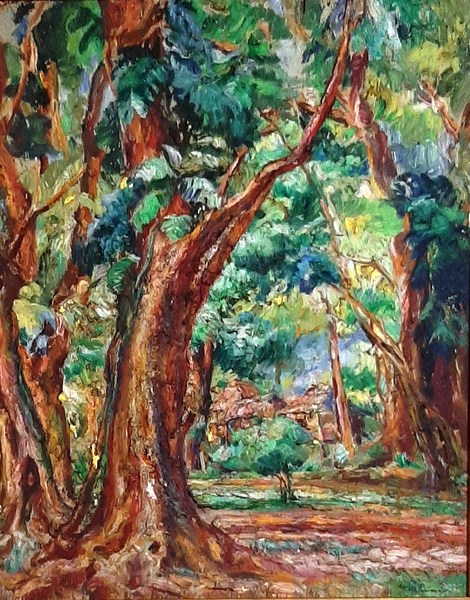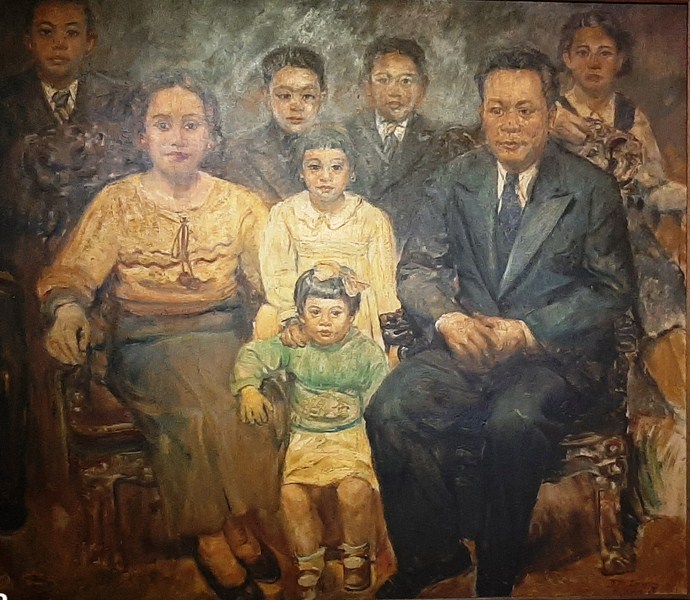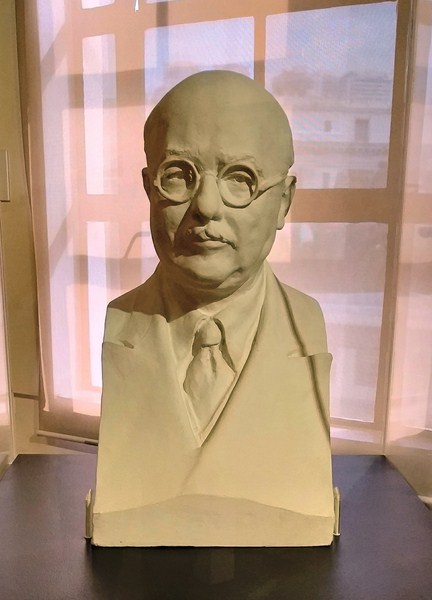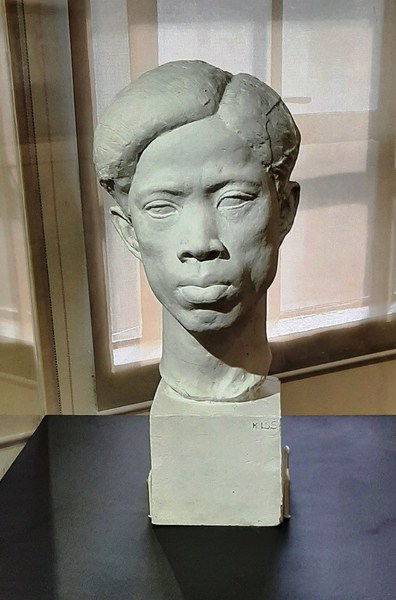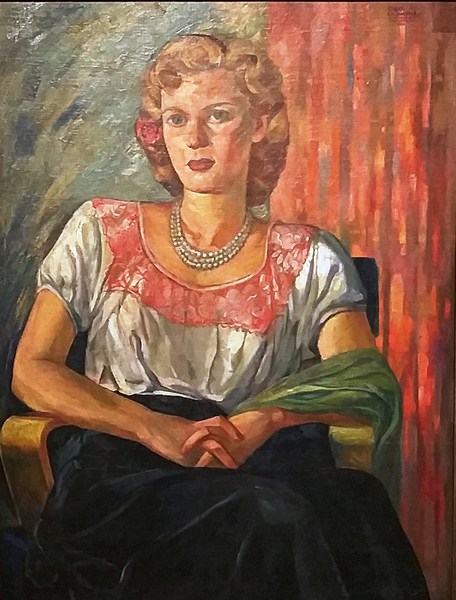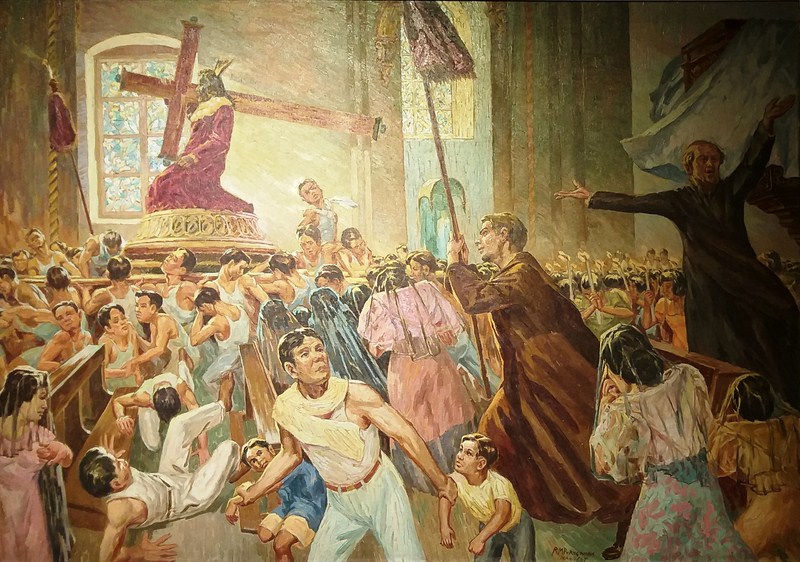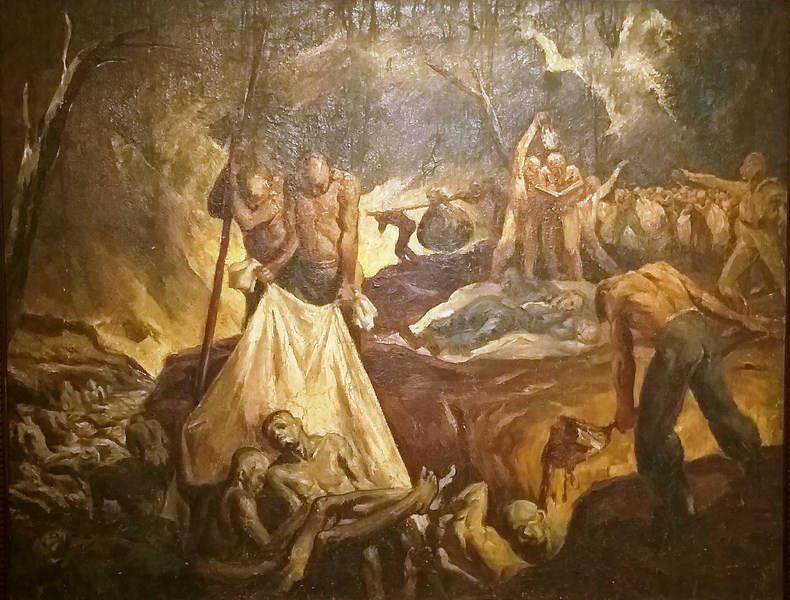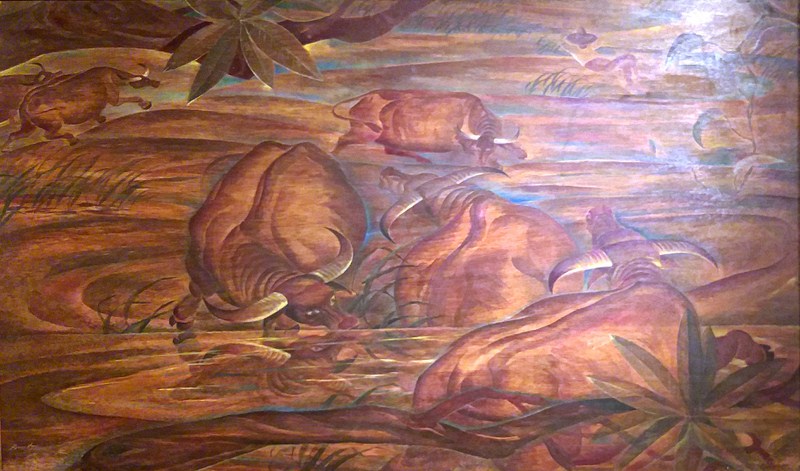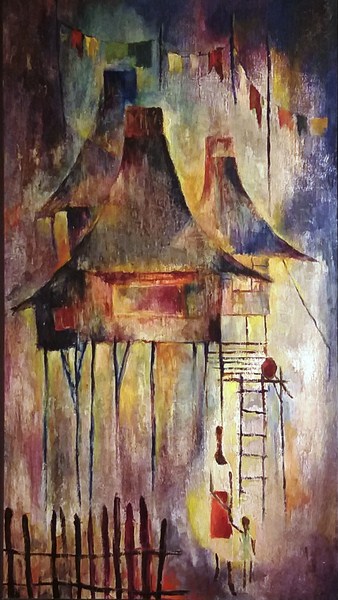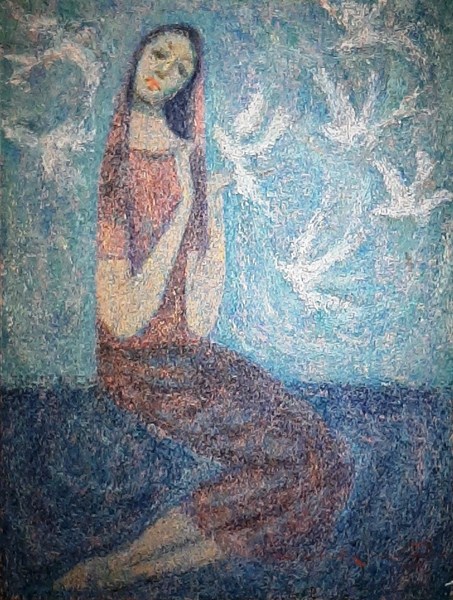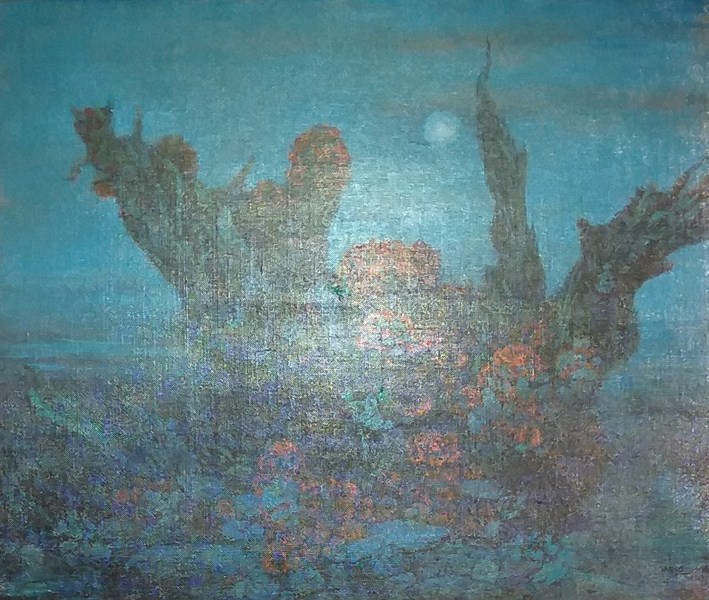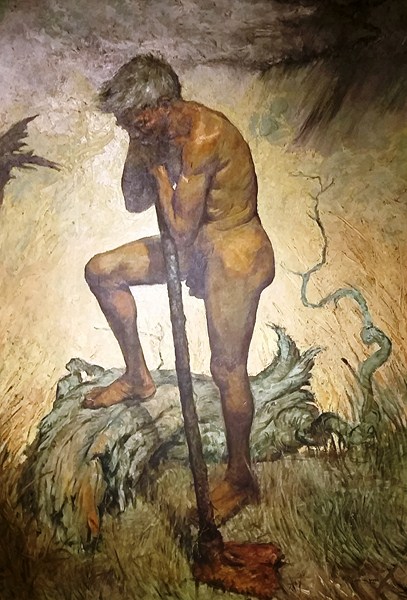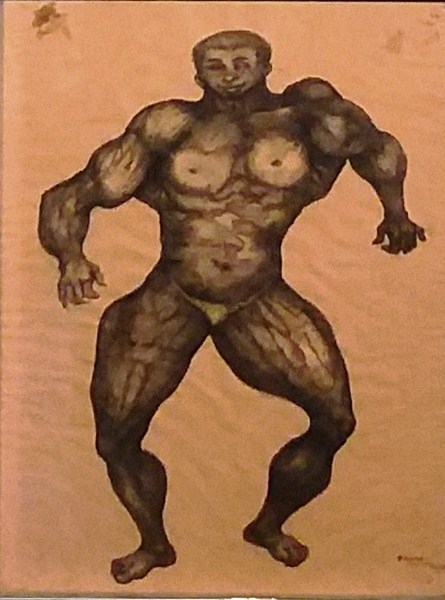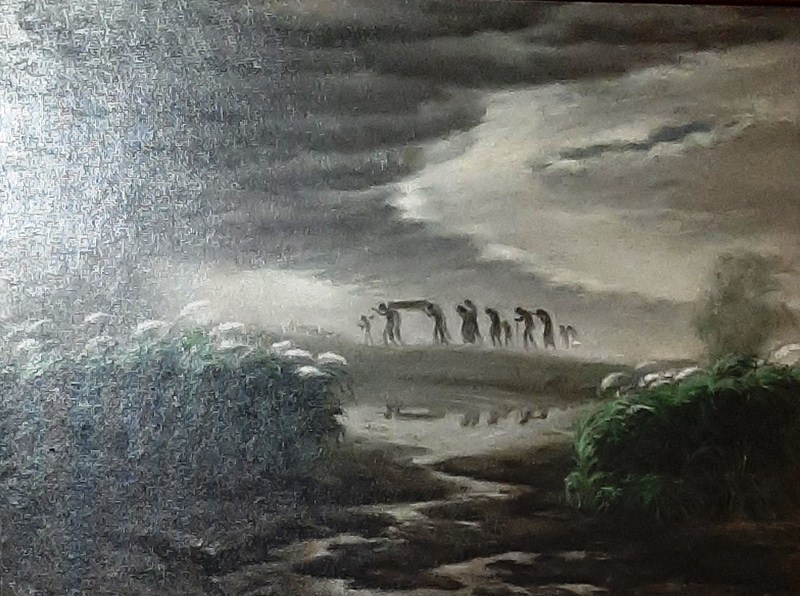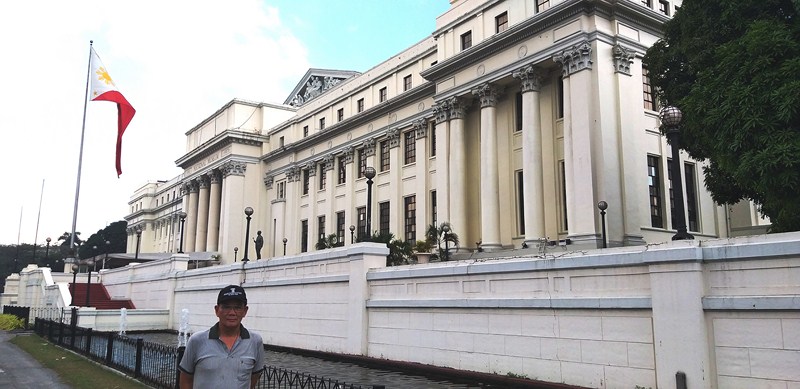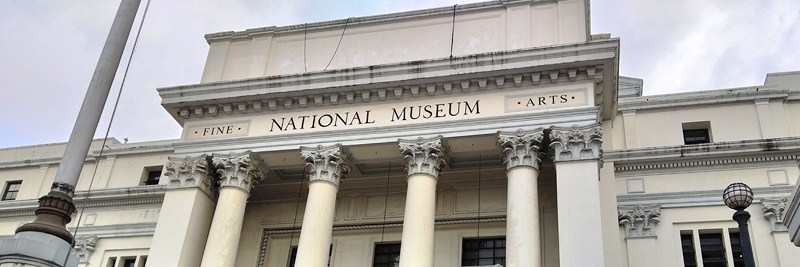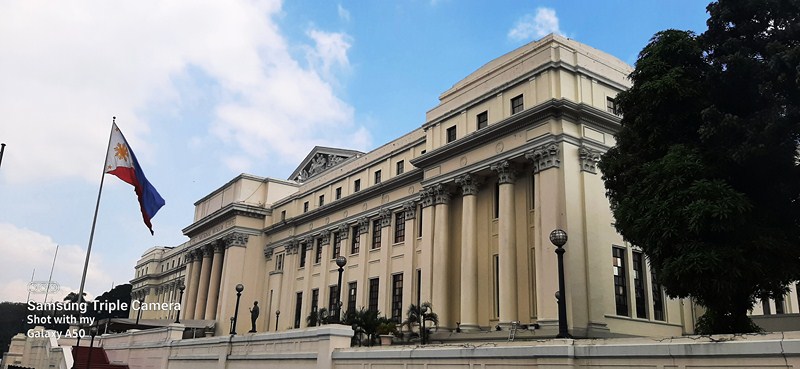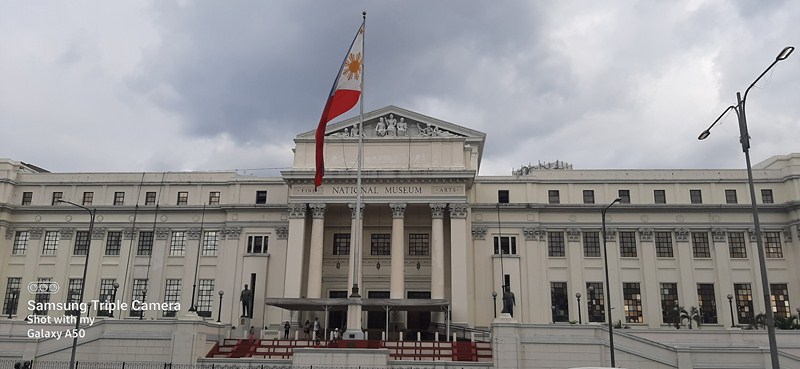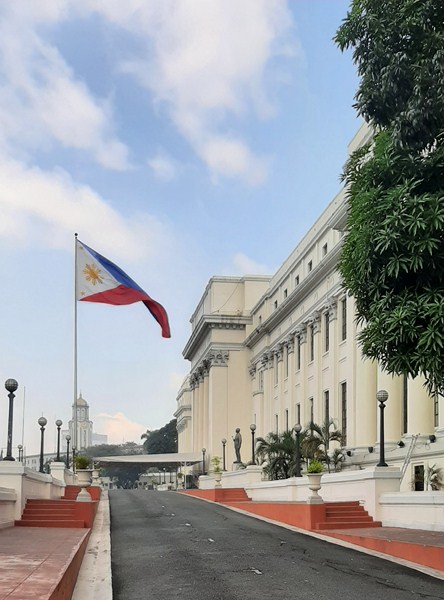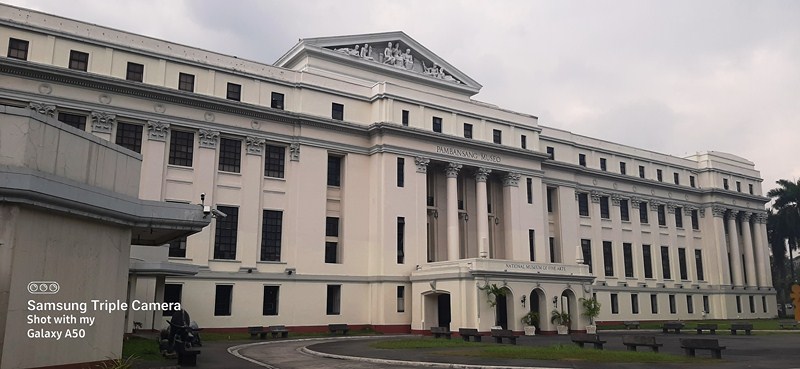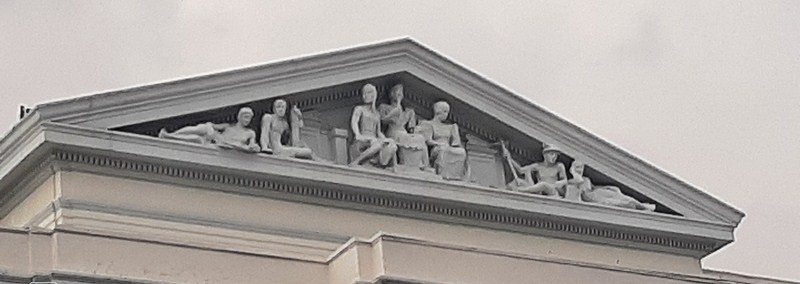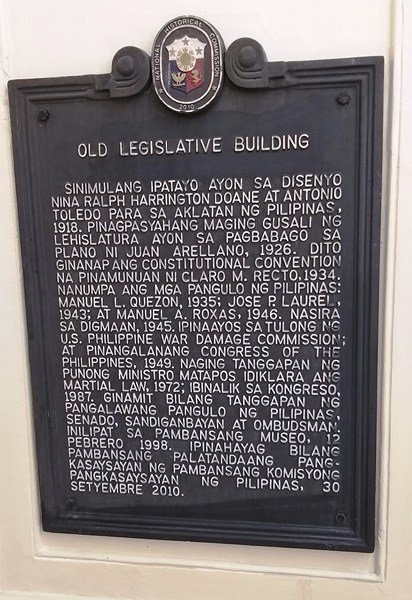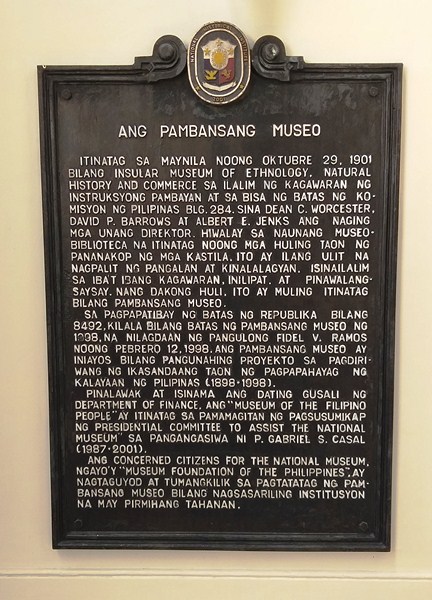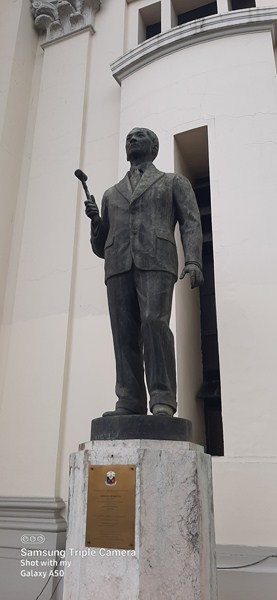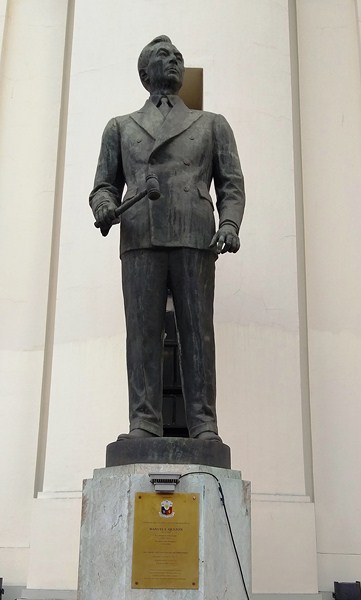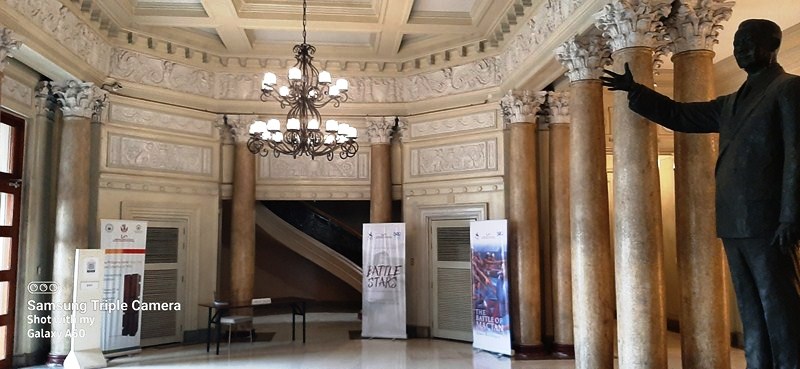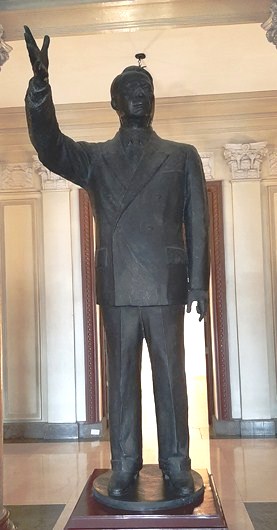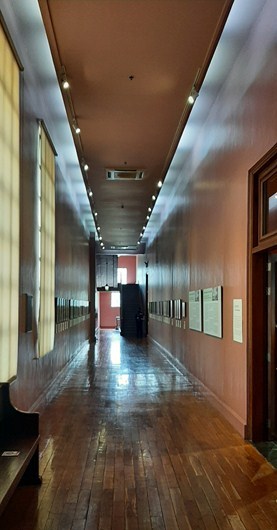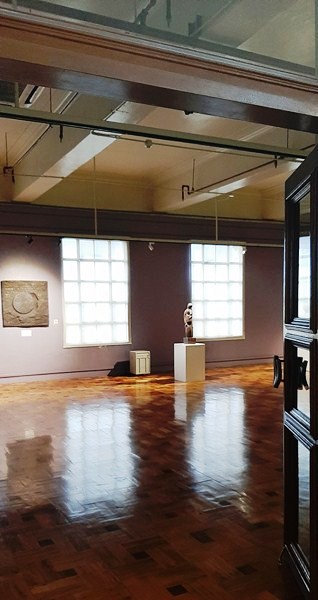Gallery IV – Paintings of the Philippine Colonial Tradition of Portraiture, at the second floor of the National Museum of Fine Arts, exhibits more than 30 portraits that showcase the status of the living and memories of the dead. The portraits were the masterpiece of painters coming from two generations – Severino Flavier Pablo (1805 – 1875), Justiniano Asuncion y Molo (1816 – 1896, a prize student of Damián Domingo in Academia de Dibujo y Pintura), Simon Flores Y de la Rosa (1839 – 1902), Isidro Arceo (1840 – 1900), Hilarion Asuncion y Eloriaga (ca. 1840 – ?), Vicente Villaseñor (1825 – ?) and other unknown artists.
Check out “National Museum of Fine Arts”
Portraits done by Simon Flores y de la Rosa, the first Filipino to garner a prize from an international exhibition (silver medal in 1876 at the Philadelphia Universal Exposition for his painting La Musica del Pueblo), are highly valued for their outstanding craftsmanship and attention to detail.
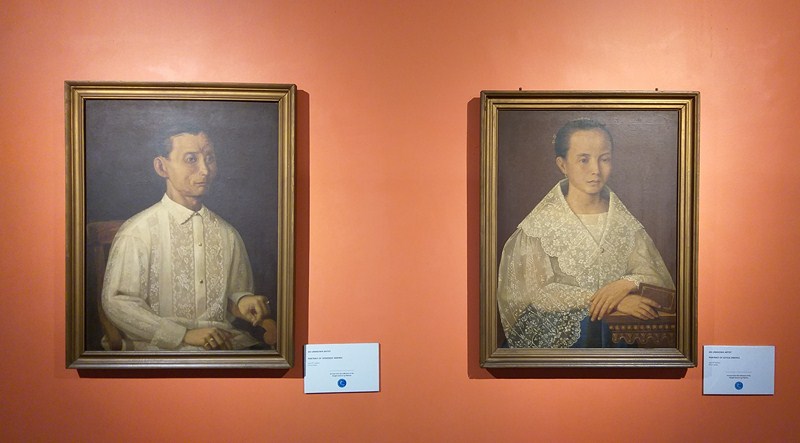
Portraits of Domingo Jimenez and Leticia Jimenez, both by an unknown artist (late 19th century, oil on canvas)
He has four works on display at the gallery – Portrait of Monsignor Ignacio Pineda Tambungui (c. 1890, oil on ivory), Portrait of Severina Ocampo de Arroyo (1874, oil on canvas), Portrait of Quintana Castor de Sadie (1874, oil on canvas) and Recuerdo de Patay (Memento Mori of a Child, 1896).
The last mentioned is seemingly out of place as it depicts a child serenely lying in a small bed, in his best clothes, adorned with fresh flowers, and the shadow of a smile on his face. During the 19th Century, commissioning paintings like these was a popular way to remember a recently deceased loved one.
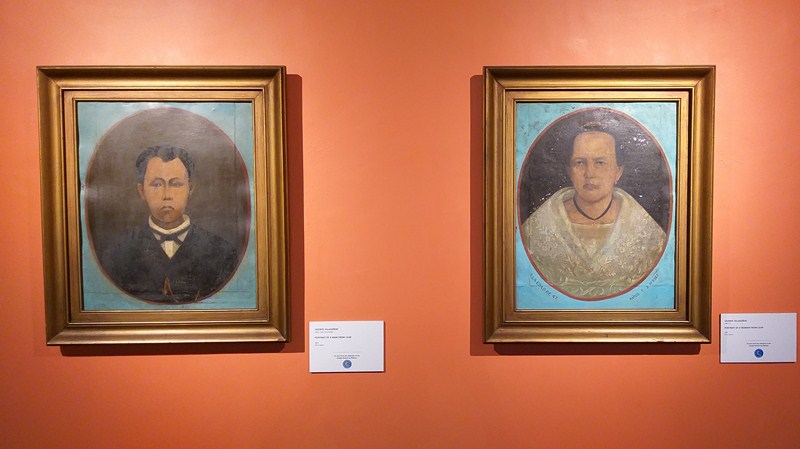
Portrait of a Man from Liliw and Portrait of a Man from Liliw, both by Vicente Villasenor (oil on panel)
A number of these portraits were commissioned by Manila-born “Chinese mestizo” merchants and their families. Right beside each other is the Portrait of Sy Jao (Ignacio Boncan) and the Portrait of the Mother and Son of Sy Jao, both late 19th century, oil on canvas paintings done by an unknown artist. The oil on canvas Portrait of Ming Mong Lo (Jose Molo) was done by Severino Flavier Pablo.
Also placed side by side with each other are two full body, ca. 1880, oil on canvas portraits of two noted Augustinian Recollects – Mariano Cuartero (22nd Archbishop of Manila, 1847 – 1861) and Jose Ayanguren (25th Bishop of Nueva Segovia, 1875 – 1887), both by unknown artists.
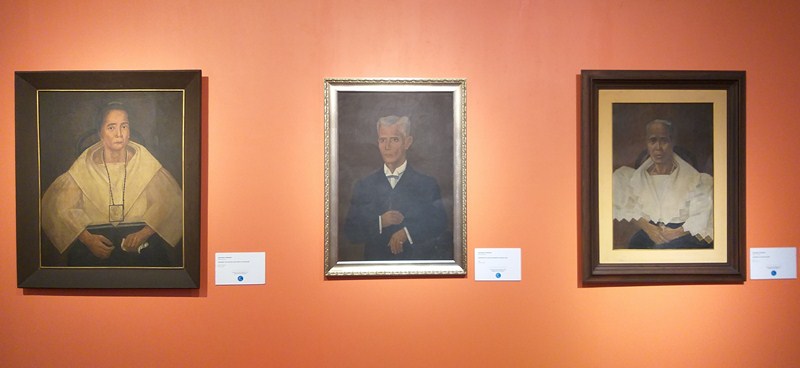
L-R: Portrait of an old Lady with a Scapular (late 19th century, oil on canvas), Portrait of an Old Man in a Black Suit and Portrait of an Old Lady, all by Antonio Purisima.
Aside from the artists, in many cases, the identities of the subjects of the portraits are unknown such as the Portrait of a Mother and Daughter (oil on canvas, late 19th century) by Hilarion Asuncion y Eloriaga; Portrait of a Lady (oil on canvas, late 19th century) attributed to the Asuncion y Molo Brothers; Portrait of Three Ladies (oil on tin sheet, 1894) by an unknown artist; Portraits of Two Students of Ateneo Municipal de Manila From Pasig (oil on canvas, late 19th century) by an unknown artist; Portrait of an Old Lady and Portrait of an Old Lady with a Scapular (late 19th century, oil on canvas), both by Antonio Purisima; Portrait of a Man from Liliw, Portrait of a Woman from Liliw, Portrait of a Woman (1891)) and Portrait of a Matriarch, all oil on panels by Vicente Villasenor.
Seeming out of place in a room full of portraits are two letras y figuras (ca. 1885), both done, with watercolor on Manila paper, by Miguel Anonuevo. Letras y figuras (Spanish, “letters and figures”), a genre of painting pioneered by José Honorato Lozano during the Spanish colonial period in the Philippines, is an art form distinguished by the depiction of letters of the alphabet using a genre of painting that contoured shapes of human figures, animals, plants, and other objects called Tipos del País popularized by Damián Domingo (1796 – 1834). The letters depicted spell out a phrase or a name, usually that of the patron who commissioned the work, in this case Eusebia Solybar and Miguel Anonuevo himself.
Gallery IV – Paintings of the Philippine Colonial Tradition of Portraiture: Fundacion Santiago Hall, South Wing Galleries, 2/F, National Museum of Fine Arts (NMFA), Padre Burgos Avenue, Ermita, Manila 1000, Metro Manila. Tel: (632) 8527-1215 and (632) 8298-1100. Email: inquiry@nationalmuseum.gov.ph. Website: nationalmuseum.gov.ph. Open Tuesdays to Sundays, 9 AM – 4PM. Admission is free. Coordinates: 14°35′13″N 120°58′52″E.

